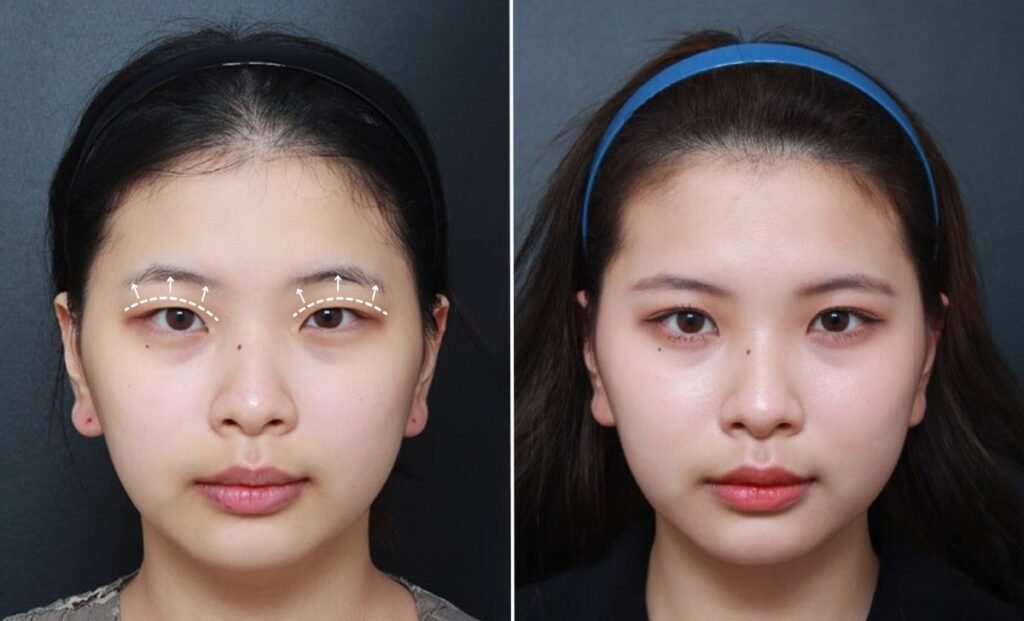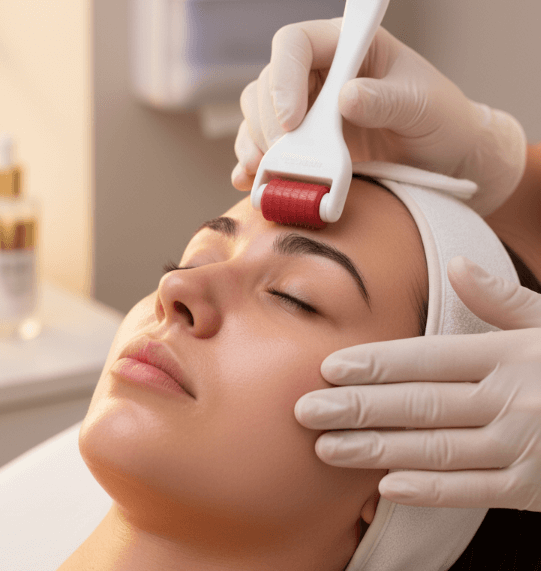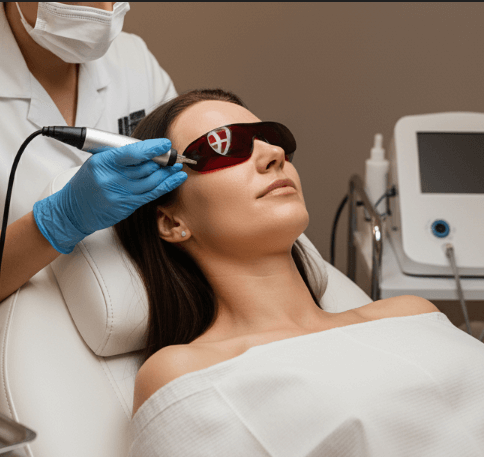Whether you’ve opted for incisional, non-incisional, or mini-incision double eyelid surgery in Korea, understanding the recovery timeline is crucial for managing expectations, minimizing stress, and ensuring optimal healing.
Here is a day-by-day breakdown of the recovery process, based on what Korean plastic surgeons typically advise:
Day 0: Surgery Day
- Duration: 30–90 minutes, usually done under local anesthesia with sedation.
- Immediately After:
- Eyelids will be swollen, tight, and numb.
- Mild bruising may begin to develop.
- Vision may be slightly blurry due to swelling or ointments.
- Cold compresses applied by clinic staff.
- What to Do:
- Rest in a semi-upright position (head elevated).
- Use cold packs every 10–15 minutes per hour (as instructed).
- Start prescribed antibiotics and anti-inflammatory medications.
- No screen time, bending, or heavy talking.
Day 1–2: Swelling Peaks
- Symptoms:
- Swelling reaches its maximum around Day 2.
- Bruising and puffiness more visible.
- Eyes may feel tight, heavy, and possibly itchy.
- What to Do:
- Continue cold compresses.
- Avoid salty food, caffeine, and alcohol (can worsen swelling).
- Clean eyelids gently with sterile gauze (if advised).
- No rubbing or stretching the eyelid area.
Day 3–4: Swelling Starts to Subside
- Symptoms:
- Some improvement in swelling and bruising.
- Mild discomfort or tightness may continue.
- You may begin to open eyes more naturally.
- What to Do:
- Transition to warm compresses to promote healing (if instructed).
- Light walks are okay but still avoid strenuous activities.
- Sleep with head elevated.
- You can gently cleanse your face, avoiding the incision area.
Day 5–7: Stitch Removal & Noticeable Improvement
- Stitch Removal:
- For incisional or mini-incision surgery, sutures are typically removed between Day 5–7.
- Non-incisional procedures may not require suture removal.
- What to Expect:
- Immediate relief once stitches are out.
- Swelling and bruising noticeably reduced.
- Crease may still look high, thick, or uneven—this is normal.
- What to Do:
- Resume light daily activities.
- Apply prescribed ointments for scar care.
- Use sunscreen and wear sunglasses outdoors to protect healing skin.
Week 2: Back to Work or Travel
- Symptoms:
- Most of the visible swelling and bruising has resolved.
- The eyelid crease is more defined but still healing.
- What to Do:
- You can wear eye makeup, but avoid waterproof mascara or lash extensions for now.
- Avoid swimming, saunas, and heavy workouts.
- If traveling, ensure your follow-up is complete or arrange virtual check-ins with your clinic.
Week 3–4: Settling Phase
- Appearance:
- Eyelids start looking more natural.
- Crease starts to settle into a more permanent shape.
- What to Expect:
- Minor asymmetry is still normal.
- Full sensation may not have returned to the eyelids yet.
- What to Do:
- Continue light scar care (silicone gel, massage if advised).
- Maintain good hydration and avoid late nights.
Month 2–3: Final Refinement
- By Now:
- Most swelling is gone (~90%).
- Crease looks softer, thinner, and more natural.
- Patients typically feel camera-ready.
- What to Expect:
- Full eyelid motion and sensation return.
- You can resume all activities, including intense exercise and makeup routines.
Month 4–6: Final Result
- The crease is fully matured and has blended with your natural eyelid fold.
- Any mild asymmetries or stiffness usually resolve by this time.
- You can enjoy the final result—a refreshed, natural-looking double eyelid.
🧴 Tips to Speed Up Healing (Recommended by Korean Clinics)
- Use prescribed ointments or scar creams (e.g., Madecassol, silicone gel).
- Avoid direct sun exposure—wear sunglasses or hats.
- Eat anti-inflammatory foods (pineapple, pumpkin, berries, etc.).
- Stay hydrated and sleep early to aid cellular repair.
- Consider clinic-offered LED therapy or lymphatic massage (common in Korean aftercare).
🧳 For Medical Tourists: Travel Timeline Summary
| Day | Activity |
|---|---|
| Day 0 | Surgery & rest |
| Day 1–4 | Recovery, stay near clinic |
| Day 5–7 | Suture removal, light walking, optional sightseeing |
| Day 7–10 | Return home safe to fly |
| Week 2+ | Back to normal life, light makeup allowed |
✅ Final Note:
Every person heals differently depending on surgical technique, skin type, age, and health. Korean surgeons often emphasize natural results over speed, so patience is key.



